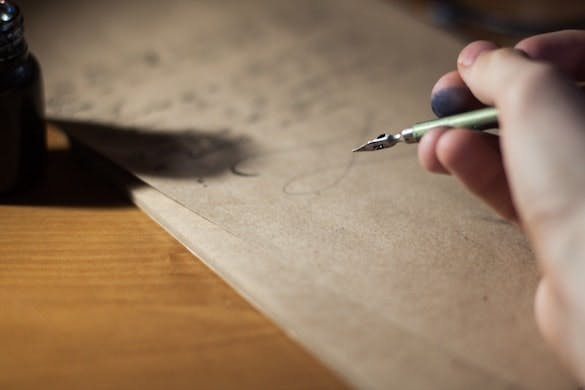Sylvia Plath’s Letters Collections Are the Gold Standard, and Yet the Search Goes On
The very concept of selected letters is dubious: Editors say certain letters have been cut because they are repetitious, yet every time a story is told it takes on a different aspect.

‘The Letters of Sylvia Plath, Volume 1: 1940-1956’; ‘Volume 2: 1956-1963’
Edited by Karen Kukil and Peter K. Steinberg
Faber & Faber, 1,400 pages; 1,088 pages
As is often the case when dealing with letters, it was not the end of the story when two huge volumes of Sylvia Plath’s first appeared in 2018. Letters from the poet are missing — some undoubtedly lost, destroyed, or still in private hands. One erstwhile biographer, Harriet Rosenstein, who never published her book, withheld crucial letters that are now available in an archive at Emory University.
The Faber & Faber 2019 paperback edition includes new letters: March 21, 1943, with a poem that begins “You have to have my fairy ears / To hear the bluebells ring”; June 14, 1950, explaining why Plath rejected a scholarship to Wellesley in favor of matriculation at Smith; March 3, 1951, six pages of youthful autobiography. A few other additions fill out her polyvalent personality.
Certain readers are drawn to letters because they wish to do without the ministrations of biographers, or to see what biographers leave out. Plus, who doesn’t like to read someone else’s mail?
Yet such collections can be misleading and even contradicted by letters that are left out. The very concept of selected letters is dubious: Editors say certain letters have been cut because they are repetitious, yet every time a story is told it takes on a different aspect. This is true with Plath, and it’s why the editors have left nothing out that is in their power to include.
The editor of Ted Hughes’s letters, which are jammed into one volume when four would be more like it, cuts certain letters, leaves out passages — making you wonder what those ellipses are meant to hide — and, even worse, includes none of the poet’s letters to his paramours. The latter is thanks to the hovering control of his widow.
The editor of William Faulkner’s letters excised virtually everything about his life that did not pertain to his career as a writer. Consequently, the writer comes across as someone without much family feeling or concern for his wife. Faulkner’s letters make him seem a bit of a drone, worried mainly about income tax and the next royalty statement.
Even what is considered the trivia eliminated from editions of selected letters often gives us a granular and diurnal sense of a person’s life: in Plath’s case, her meticulous accounting of expenses in a family that was always worried about how to support itself after the shocking death of her father when she was 8 years old.
What you get in mundane letters is how Sylvia Plath conducted the business of life, showing how good she was at administering not only her own career but her husband Hughes’s, with a persistence and deftness that any literary agent would admire. She typed his poems and her own, and sometimes even those of his friends.
The voluminous details of Plath’s letters show how she took charge of her life and marriage, with an organizing capacity that profited her husband. Often he was the one in a black mood that she had to succor — the very opposite of the story he has to tell in “Birthday Letters,” his exculpatory epic about how he supposedly propped her up.
The great scandal of modern literary archives is how certain institutions of “higher learning” hoard the papers of literary figures, working out intricate permissions protocols with estates that favor certain supplicant scholars and turn away others who do not wish to sign away their independence.
And so it is that Martha Gellhorn’s authorized biographer, Caroline Morehead, edited a selected edition of her subject’s letters, and we have no way of knowing what is left out because Gellhorn’s archive is still closed, except to the anointed. As I wrote in The New York Sun (July 25, 2006): “What is the principle of selection?”
The Faber paperback of Plath’s letters is the gold standard. Not a word is left out, not a letter obtainable goes unpublished, and not an opportunity is lost on the editors who remain in search of still more letters, many of them held by those who have yet to disclose to the world their treasures.
Mr. Rollyson is the author of “American Isis: The Life and Art of Sylvia Plath,” the forthcoming “Sylvia Plath Day by Day,” and “Beautiful Exile: The Life of Martha Gellhorn.”

